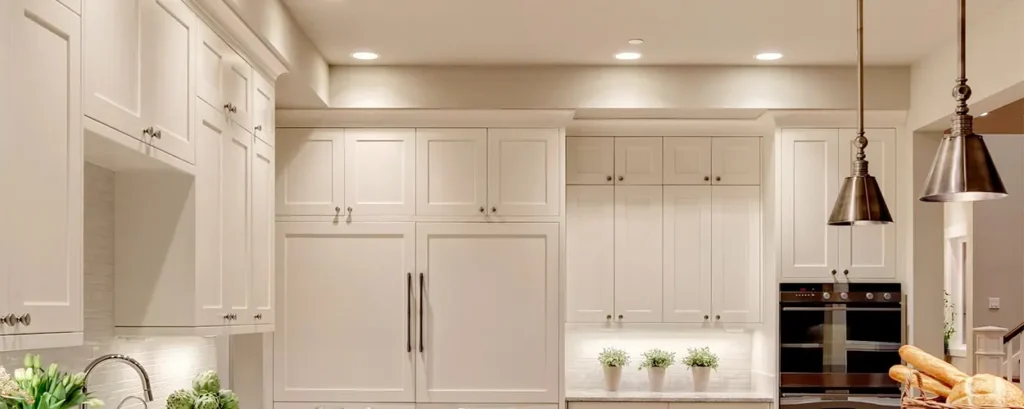Choosing the Right Sheet Good: OSB, Particle Board, MDF, or Plywood?
Walking into a lumberyard can be overwhelming. Rows of large sheets all look similar but have vastly different properties, prices, and purposes. Choosing the wrong one can lead to a failed project, wasted money, and a lot of frustration.
This guide will cut through the confusion. We’ll break down the key differences between the four most common sheet goods—OSB, Particle Board, MDF, and Plywood—so you can select the perfect material for your next build with confidence.
1. Material Showdown: Breaking Down The Basics
First, let’s understand what each material is made of, as this defines its core characteristics.
- Plywood: The classic choice. Made by gluing together thin layers of wood veneer (plies) with the grain of each layer perpendicular to the last. This cross-graining makes it incredibly strong and resistant to warping.
- OSB (Oriented Strand Board): The modern competitor. Made from compressed rectangular wood strands mixed with adhesives. The strands are oriented in specific layers for strength, creating a characteristic “chipped” look.
- MDF (Medium-Density Fiberboard): The smooth operator. Made from broken-down wood fibers mixed with wax and resin, then compressed under high heat and pressure. The result is a completely uniform, smooth panel with no wood grain, knots, or voids.
- Particle Board: The budget option. Made from compressed wood chips, sawdust, and resin. It has a rough, chunky appearance and is the least durable of the four.

2. Best Uses: Matching the Material to the Project
Now that you know their properties, here’s where each material truly shines.
- Choose PLYWOOD for:
- Structural Projects: Roof sheathing, subfloors, and exterior walls.
- Outdoor Projects: Decks, sheds, and outdoor furniture (use exterior-grade).
- Quality Furniture: Cabinets, shelves, and furniture that needs to bear weight.
- Choose OSB for:
- Structural Sheathing: A cost-effective alternative to plywood for wall, roof, and floor sheathing in dry conditions.
- Subflooring: (When covered with another material, as it’s rough to walk on).
- Sheds & Utility Projects: Where cost is the primary driver and finish doesn’t matter.
- Choose MDF for:
- Painted Furniture & Cabinets: Doors, panels, and painted furniture where a perfectly smooth, grain-free surface is desired.
- Interior Detail Work: Decorative wall panels, shelving in dry areas, and speaker boxes.
- DIY Projects: Easy to cut intricate shapes and designs with a scroll saw or jigsaw.
- Choose PARTICLE BOARD for:
- Ready-to-Assemble (RTA) Furniture: The core material for most inexpensive, laminate-covered furniture.
- Temporary Fixtures: Low-cost shelving in dry, low-stress environments like closets.
- Underlayment: As a base for countertops that will be covered with laminate or veneer.
3. Pro Tips for Selection and Installation
- Seal Your Cuts: Especially for MDF and particle board. Use a primer or edge-banding on any cut edges to seal them from moisture.
- Use the Right Fasteners: Plywood and OSB hold screws well. For MDF and particle board, use specialized screws or confirmat bolts designed for engineered wood to prevent stripping.
- Mind the Moisture: Never use MDF or particle board in damp areas like bathrooms or basements without extensive sealing. For these areas, moisture-resistant (MR) MDF or plywood is a must.
- Check the Grade: Plywood comes in grades (A, B, C, D). Use A-grade for surfaces that will be visible and stained, and save the lower-grade (but structurally sound) sheets for hidden structural work.
Final Verdict: Which Sheet Good is Right For You?
- For Strength & Versatility → Plywood is the undisputed champion for structural and all-purpose projects.
- For a Budget Structural Layer → OSB is a capable and cost-effective choice for sheathing and subfloors.
- For a Perfect Paintable Surface → MDF is your best bet for interior furniture and cabinets that will be painted.
- For Ultra-Low-Budget, Disposable Furniture → Particle Board works, but understand its significant limitations.
There is no single “best” material—only the best material for your specific project. By considering your needs for strength, moisture exposure, finish, and budget, you can now make the perfect choice every time.

